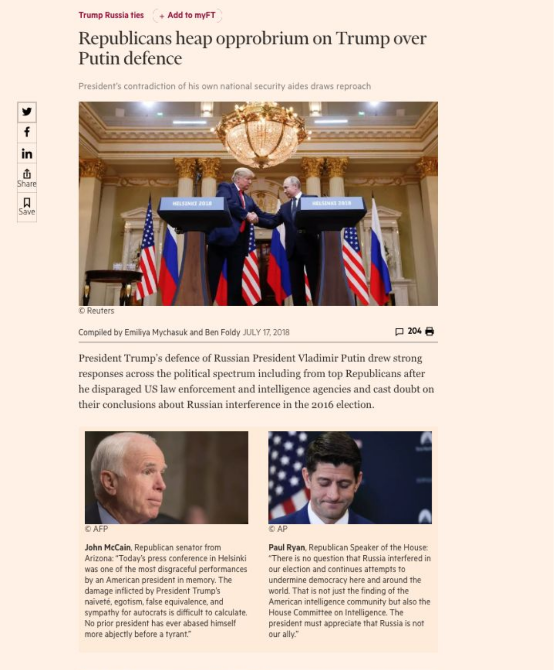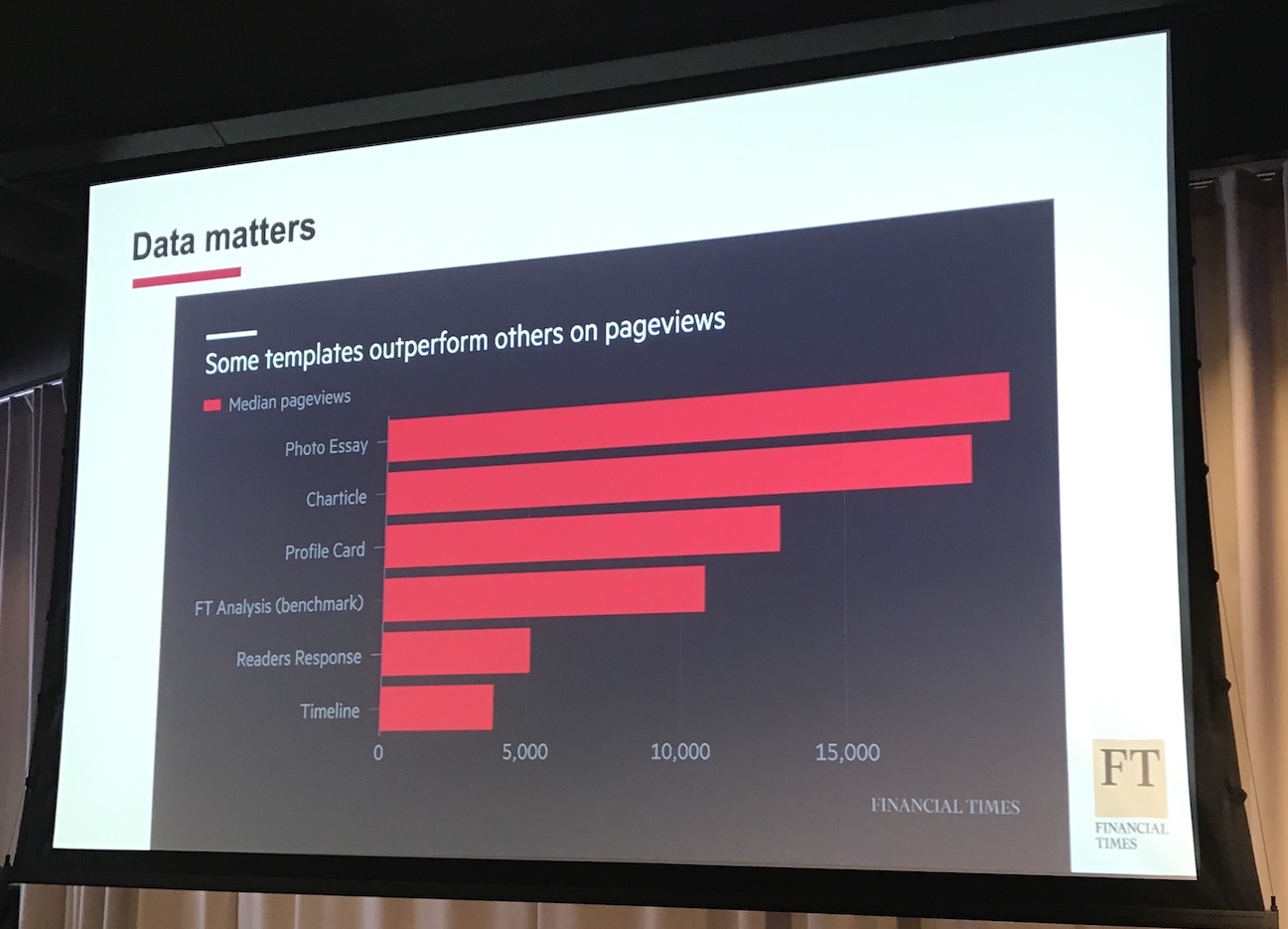
The Financial Times has introduced a series of digital templates to help its journalists deliver more engaging storytelling content for the website.
The templates include publicly available and downloadable guides on a content platform called the Story Playbook. It explains to journalists how to embrace new digital story ideas.
Speaking at a Hacks/Hackers event last week (19 June 2019), Robin Kwong, head of digital delivery, FT, said the aim of the project was to help journalists reconsider what matters most in an online story. It also helps his team to become fluent in 'digital jargon' to explain their story concepts.
"Sometimes we forget that editors and reporters might not have the right words or language to describe what they have in their minds," said Kwong.
"I’ve seen editors default to just saying ‘Can we have an interactive thing?'"
So now journalists are referring to their article ideas as 'profile cards' and 'charticles' as passing terms for different styles of stories, much in the same way that publishers have classically talked about op-eds, nibs and double-spreads.

An example of FT's Profile Card explainer on Github
If you want to learn how to get to grips with 'profile cards' for example, its template acts as an explainer which will take you step-by-step how to produce one, with an example produced by FT.
Kwong warned, however, that publishers need to learn from the lessons of the past. When slideshows were first launched, it was not long until they became the default option for making stories digital-friendly.
"Everybody got really sick and tired of them, so we mostly banned and stopped using them. This taught us that it’s not about the tool itself and what it can and can’t do, but how you introduce it and how you teach people to use it judiciously."
So what measures have FT taken to try and avoid falling into the same trap?
Not everyone has the same level of technical knowledge and expertise, so editing the templates has also been made very simple. Instructions are built in, including explanations of what stories the template is best suited for and a guide to format and structure.
However, Kwong said that some reporters have started putting their own spin on a few of the methods.
One example comes from US markets editor, FT, Robin Wigglesworth, who published an obituary to Vanguard founder Jack Bogle in January. It was then suggested that he create a follow-up ‘reader response’ piece with the comments by readers.
However, Wigglesworth went one step further, by including unused segments from interviews of fund managers about Bogle and integrating them alongside comments by subscribers and readers.
"Once you release quite simple, straightforward tools into the wild, people start hacking them and using them in cool, unexpected and new ways," Kwong said.
But these creative, digital stories have also gained a lot of attention. Photo essays, charticles and photo cards all outperform standard FT analysis pieces on the website in terms of median page views, he claimed.

Kwong invited the public to take inspiration and adapt the storybook, as the templates are publicly available and downloadable through the software development platform GitHub.
Our digital journalism conference Newsrewired takes place on the 27 November at Reuters in London. Head over to newsrewired.com for the full agenda and tickets.
Free daily newsletter
If you like our news and feature articles, you can sign up to receive our free daily (Mon-Fri) email newsletter (mobile friendly).









